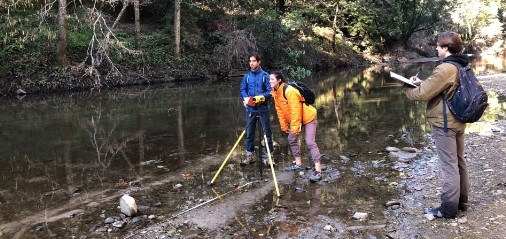The study of geomorphology is key in understanding the constantly evolving landscape of our planet. This field of science delves into the processes that shape the Earth’s surface, from the gentle erosion of rivers to the abrupt shifts of tectonic plates.
The Building Blocks of Earth
Geomorphology focuses on a range of natural phenomena, including weathering, erosion, and deposition. These processes occur over millions of years, slowly sculpting the land into its current form. By studying these processes, scientists can unravel the geological history of a region and predict how it may change in the future.
Erosion: The Master Sculptor
One of the most powerful forces in geomorphology is erosion. Wind, water, and ice all play a role in wearing down the Earth’s surface, carving out valleys, canyons, and coastlines. Erosion can be gradual, like the slow shaping of a riverbank, or sudden, like the catastrophic destruction caused by a flash flood.
Tectonics: The Earth’s Dynamic Engine
Another key player in shaping the landscape is tectonics, the movement of the Earth’s crustal plates. Tectonic activity can create mountains, rifts, and earthquakes, drastically altering the topography of a region. By studying tectonics, scientists can better understand the forces driving the Earth’s ever-changing landscape.
The Future of Geomorphology
As technology advances, so too does our understanding of geomorphology. Remote sensing techniques, computer modeling, and satellite imagery are allowing scientists to study the Earth’s surface in greater detail than ever before. By combining these tools with traditional fieldwork, researchers can uncover the hidden secrets of our planet’s landscape and gain insight into how it will continue to change in the future.
In conclusion, geomorphology is a vital field of science that helps us unravel the mysteries of the Earth’s ever-changing landscape. By studying the forces that shape our planet, we can better understand its past, present, and future, and work towards preserving its beauty and diversity for generations to come.

